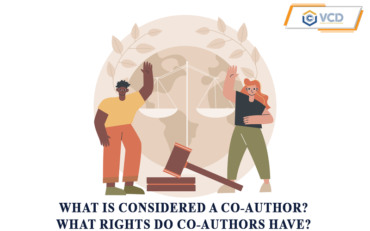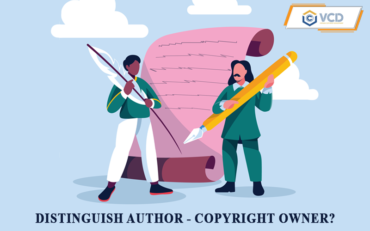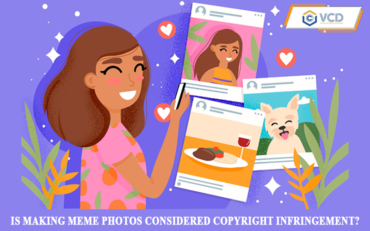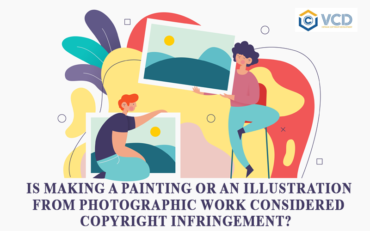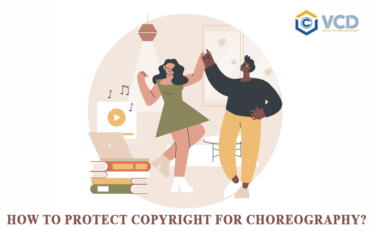The issue of image copyright infringement in online business
In the age of technology, online business and sales have taken place vibrantly and become a strong trend in the past few years. Many stores have invested time and effort to take photos and videos of products to advertise and provide customers with the most realistic images of the products. However, online advertising using images cannot avoid the risk of copyright infringement. Many online stores use other people’s images for their own business, affecting the reputation of the copied brand, as well as confusing customers.
1. Images are subject to copyright protection
Images are subject to copyright protection under Article 14 of the Intellectual Property Law under the name of photographic works. Article 14 of Decree No. 22/2018/ND-CP dated February 23, 2018, specifically stipulates as follows:
“Photographic works specified in this Article are works that represent objective images of the world on light-catching materials or on media where images are created or can be created by chemical or electronic methods. or other technical methods. Photographic works may or may not have captions.
The fact that brands and stores invest money, facilities, time, and effort to take product photos to advertise their products or brands means that the brand or store is the owner. of the photographs created and is the holder of copyright property rights. If others want to use their photos, they must get permission from that brand or store and pay royalties and other material benefits (if any) to them (According to the provisions of Article 20 (2) Intellectual Property Law), unless the parties agree otherwise.
From the above analysis, it can be seen that the act of taking photos of those brands and stores without permission or payment to use for business purposes is an act of copyright infringement.
2. How will image copyright infringement in online business be handled?
Using images in online business helps increase brand recognition and easily reach consumers widely and effectively. Many brands and stores have invested heavily in creating unique, impressive, and attention-grabbing images to promote their products and brands. However, many other online sellers copy that image and use it for their business purposes, deleting the original brand name and inserting their brand name. These people even have more sales interactions than the original brand.
The above action is an infringement of the copyright owner’s right to copy the work. According to Article 18 of Decree 131/2013/ND-CP, this behavior will be punished as follows:
“1. Fine from 15,000,000 VND to 35,000,000 VND for copying works without the permission of the copyright owner.
2. Remedial measures:
Forced removal of copies of infringing works in electronic form, on the network and digital environment or forced destruction of infringing material evidence for acts specified in Clause 1 of this Article.”
In addition, the act of cropping images and deleting the original brand name is also considered an infringement of the copyright owner’s right to create derivative works. According to Article 12 of Decree 131/2013/ND-CP, this behavior will be punished as follows:
“1. Fine from 5,000,000 VND to 10,000,000 VND for acts of creating derivative works without the permission of the copyright owner.
2. Remedial measures:
Forced removal of copies of infringing works in electronic form, on the network and digital environment for acts specified in Clause 1 of this Article.”
Above is the article “The issue of image copyright infringement in online business“. We hope this article is useful to you.


